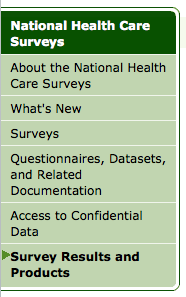Dearest darling GlobalData, We adore you for devoting a bookmark-worthy Media Center to those of us who are perpetually jonesing for great industry news articles. You must have been following our blog entries like this one and this one, because you know that the best way to our hearts- ok actually probably the left hemisphere’s of our brains- is through freely available news and analysis.
You woo us not just with the standard page of Press Releases but also with an Expert Insights page covering categories like Alternative Energy and Medical Devices. Your headliner titles like, “Hydropower's Hold over Indian Renewables Market Set to Decline” make us all giddy and flustered with all that forecasting. And we love a company that is open to communication; email alerts for emergent research in our category of choice is such a turn-on.
Of course you might break up with us when you figure out that we librarians can’t afford to actually buy any of your full-length market research reports or take you up on one of those consultations, but there are plenty of fish in the sea.
Hugs and kisses,
bizologie




